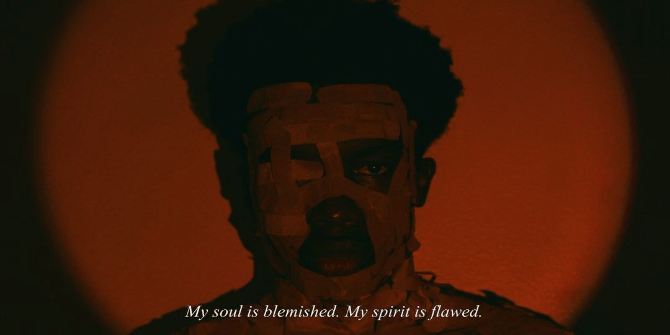HOW TO GET BACK TO IT ALL: SURVIVING THE ABSENCE OF COLOR
ABSENCE OF COLOR
A FILM
by Elijiah Winfield
"Told through a series of memories, poems, photos, and hallucinations, 'Absence of Color' is an exploration of a young man's psyche, in a world where 99.9% of the population suffers from Monochromacy".
describe a color describe it don’t defer don’t compare
it’s red it’s blue it’s yellow
it’s green (blue + yellow) it is but don’t reduce it and tell me
how does it make you feel
and tell me how do you feel when you look at a still image, really look at it
can you take more from it than a moving image do you store it better are your memories a still image
are they black and white how about dreams do you ever dream in black and white
like a psychopath
does the dampened echo of your own inner monologue evoke the familiar turmoil of a suffocating dream
i find that dreams are never more dreamlike than in film
And when you awake
it feels like rehabilitation a reminder of the fertility of the senses
breath in a variety of forms,
a visual language of images in representation,
a visual language of colour in abstraction,
film polyglossia
the instability of memory,
the poetry of absence
the limitation of language the limitations of the medium
An error message
An error message
An error message
In Elijah Winfield’s feature length art-house film Absence of Color (2022) as in Chris Marker’s science fiction film La Jetée (1962), to which the opening sequence of Winfield’s film pays homage, the real world’s flirtation with disaster serves as the prologue for what is to unfold. For La Jetée, the very real threat of thermonuclear war served as both the historical context and the premise of the film. In the Absence of Color the premise at first glance is much more speculative. It is the year 2037, and 99.9% of the world population suffers from Monochromacy.
